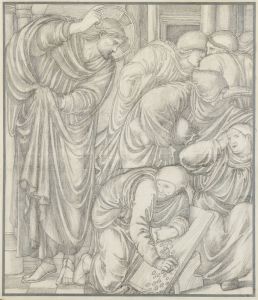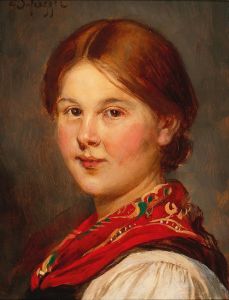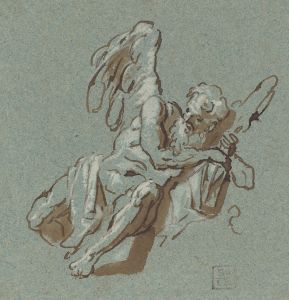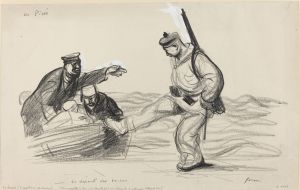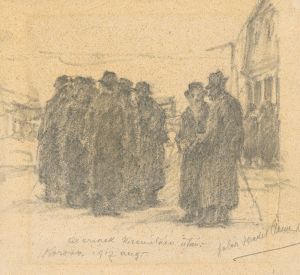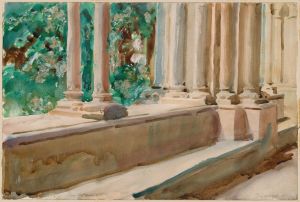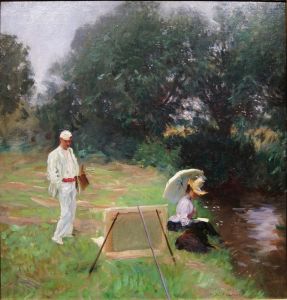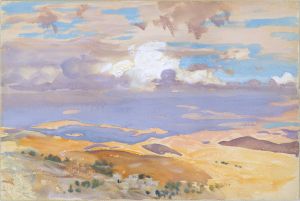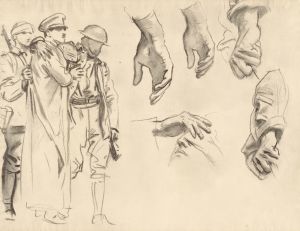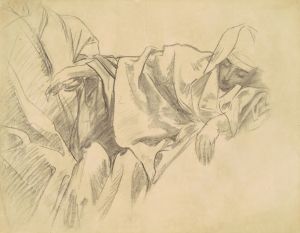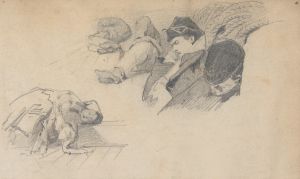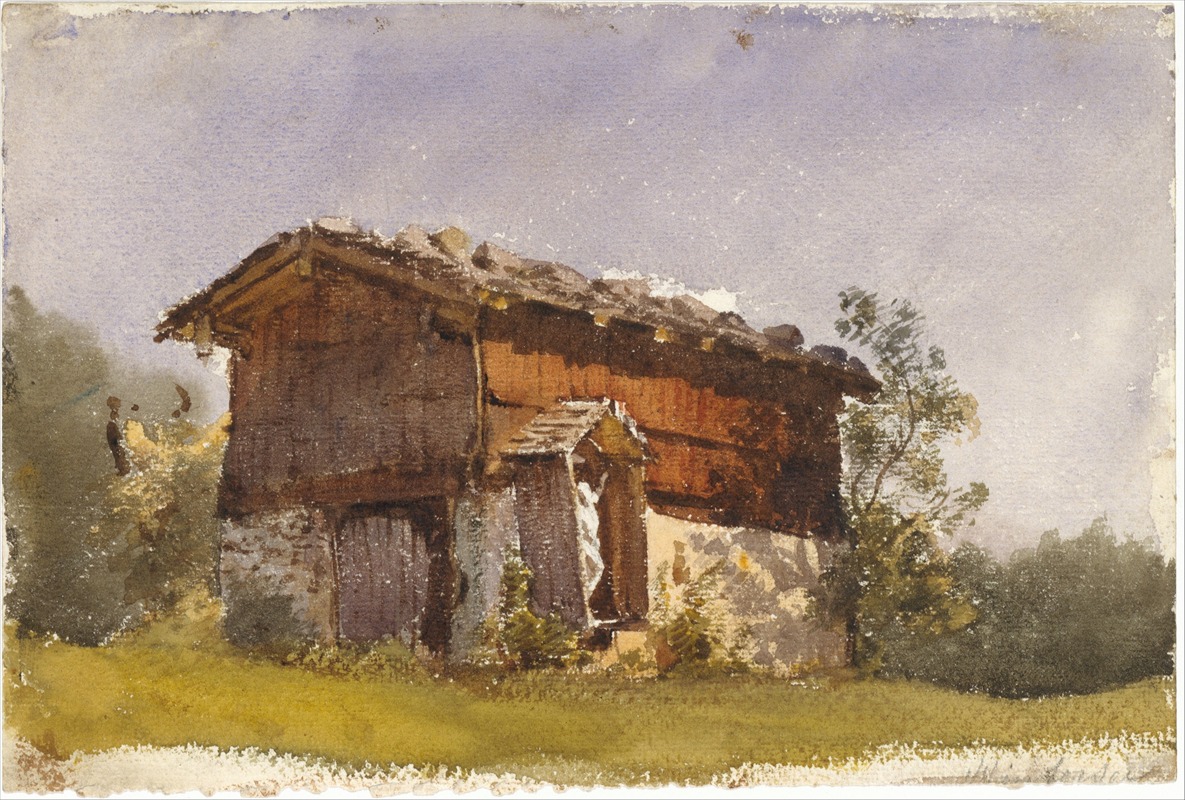
Tyrolean Shrine
A hand-painted replica of John Singer Sargent’s masterpiece Tyrolean Shrine, meticulously crafted by professional artists to capture the true essence of the original. Each piece is created with museum-quality canvas and rare mineral pigments, carefully painted by experienced artists with delicate brushstrokes and rich, layered colors to perfectly recreate the texture of the original artwork. Unlike machine-printed reproductions, this hand-painted version brings the painting to life, infused with the artist’s emotions and skill in every stroke. Whether for personal collection or home decoration, it instantly elevates the artistic atmosphere of any space.
John Singer Sargent's Tyrolean Shrine is a watercolor painting created in 1914. The artwork depicts a small religious shrine situated in the Tyrol region, which spans parts of modern-day Austria and Italy. This piece is part of Sargent's extensive body of work in watercolor, a medium he frequently employed during his travels to capture landscapes, architecture, and local culture.
The painting showcases Sargent's mastery of light and texture, with a focus on the interplay between the natural surroundings and the man-made shrine. The shrine itself is a modest structure, adorned with religious imagery, likely reflecting the Catholic traditions prevalent in the Tyrol region. Sargent's use of watercolor in this piece emphasizes the delicate details of the shrine and the surrounding environment, including the rugged terrain and lush greenery.
Sargent was known for his ability to convey atmosphere and mood in his watercolors, and Tyrolean Shrine is no exception. The painting captures a sense of tranquility and reverence, characteristic of the rural religious sites scattered throughout the Alpine regions. This work is part of a series of watercolors Sargent created during his travels in Europe, particularly in the Alps, where he found inspiration in the landscapes and cultural elements of the area.
Tyrolean Shrine is now part of the collection at the Brooklyn Museum in New York. It was included in a large acquisition of Sargent's watercolors by the museum in 1909 and 1912, which significantly enriched its holdings of the artist's works. The painting is often praised for its technical brilliance and its ability to evoke the serene beauty of the Tyrolean countryside.
Sargent, primarily known for his portraiture, turned increasingly to landscapes and watercolors later in his career, particularly after he stopped accepting portrait commissions around 1907. His watercolors, including Tyrolean Shrine, reflect his keen observational skills and his ability to capture the essence of a place with immediacy and vibrancy.
This painting remains an important example of Sargent's work in watercolor and his exploration of European landscapes and cultural motifs. It continues to be appreciated for its artistic merit and its representation of a specific time and place in Sargent's extensive travels.





